- Locksmith & Home Security Technician
- Getting a career diploma in as little as 2 months.
- Gain experience with practical exercises and interactive assignments.
- Learn how to identify, create, and duplicate keys.
- Learn to work with several types of locks including safes, valuts, and auto.
- and more...
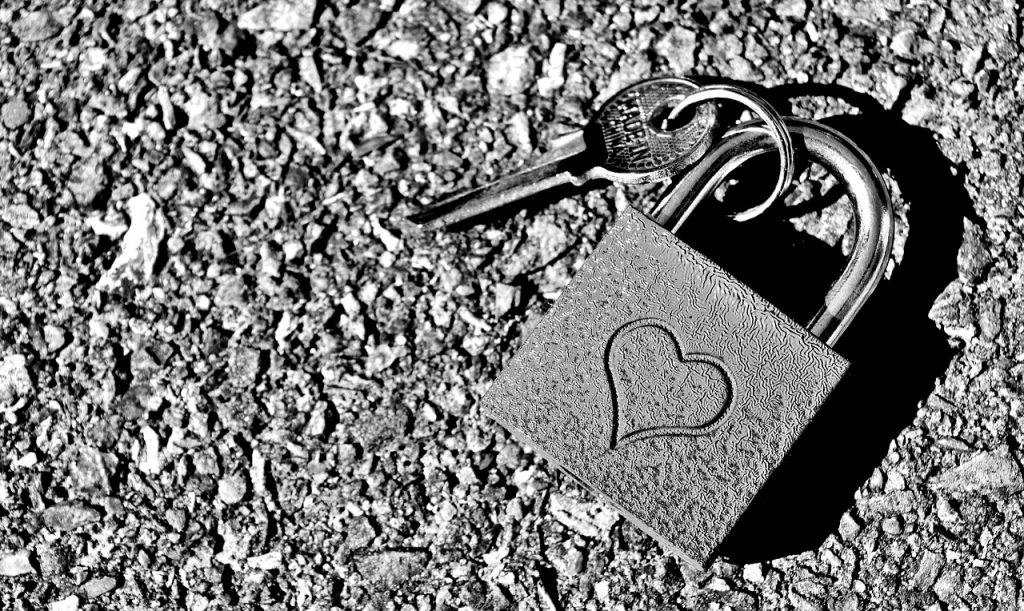
A cruciform lock is a unique lock also known as the cross lock because of the plus sign (+).
In Europe, they call it “Zeiss” lock.
It has a compact keyway with four key combinations in a single key.
It looks like it will fit a Phillips head screwdriver.
As the name suggests, it means to arrange in a cross lock.
This lock looks strange to some people.
Potential users are curious about how it looks, the etymology of the lock, and the level of security it provides.
Can it be easily picked, and how?
Read on to learn more about the cruciform lock.
Table of Contents
Usage
The usage of cruciform keyways is usually on steering wheel locks.
SentrySafe used it in one of its safe models and later became the lock of choice of other manufacturers.
Homeowners prefer to use this lock in their garage because of its efficacy.
Cruciform lock is one of the rarest locks because of the tubular lock and the standard pin tumbler lock combination.
It is so effective that it has become one of the surest locks for safeguarding properties.
The usefulness of this lock depends on the purpose and the brand that determines your protection.
This effect is similar to pipe locks and barrels.
In other countries, cruciform locks have been popular throughout the history of padlocks and door locks.
How Do They Work?

The cruciform lock has four cutting lines and a cup bolt system that represents each mechanism.
There are 16 pins for each cross lock, while the improved units have 20 pins.
The entry keyways conceal the correct entry of the key.
Only the homeowner knows the exact entryway.
Whenever you insert a key into the exact entryway, the lock will open and close.
This type of lock is the top choice for industrial facilities because of its complexity.
The lock is more secure compared to traditional locks because of its 4-way system opening.
It is also strong and highly efficient, and you can use it for different purposes.
The orientation of the key plays a minimal role in the overall protection of this type of lock.
They usually have a key incision and a locked face that tell you how to orient yourself.
Because it is in the shape of a cross, it can go in one of four ways, but it will likely open only with the correct one.
Many cheap cross locks made in China only have one set of active pins.
The idea is that you still have more security than a regular needle drummer, as you can insert the key incorrectly into the lock.
Testing the wrench with any instrument will immediately detect a pin defect.
How to Pick the Cruciform Lock
Cruciform Lock Pick
There are three common ways to pick this lock, and probably the easiest one is the method using a cruciform lock pick.
This lock pick consists of five components of exceptional importance.
Tines consist of four wires fitted with half-diamond-like tips.
The main difference is that the point, which is a diamond, is rounded off.
These are often made of very cheap metal and break very easily.
Tightening notches consist of four clamps that hold the key so that the lock tightens when you turn the device.
The tension wheel is for turning the device to tighten the lock.
The clip is for moving the shades in and out of the lock.
This clip will shake each key at the same time.
The threaded shaft and shield support the tension extensions by suffocating the lock’s face.
Without this support, the spine will break down more efficiently and more often.
These locks are usually cheaply constructed.
When the tines and the tension prongs break, the device will be useless.
The size of the keyways can vary in size, which can be a problem with some specific pick keys.
Make sure the tension prongs fit into the key.
They may either be too wide or too narrow.
If the prongs do not match, you will need a different lock pick.
Cruciform Tryout Keys
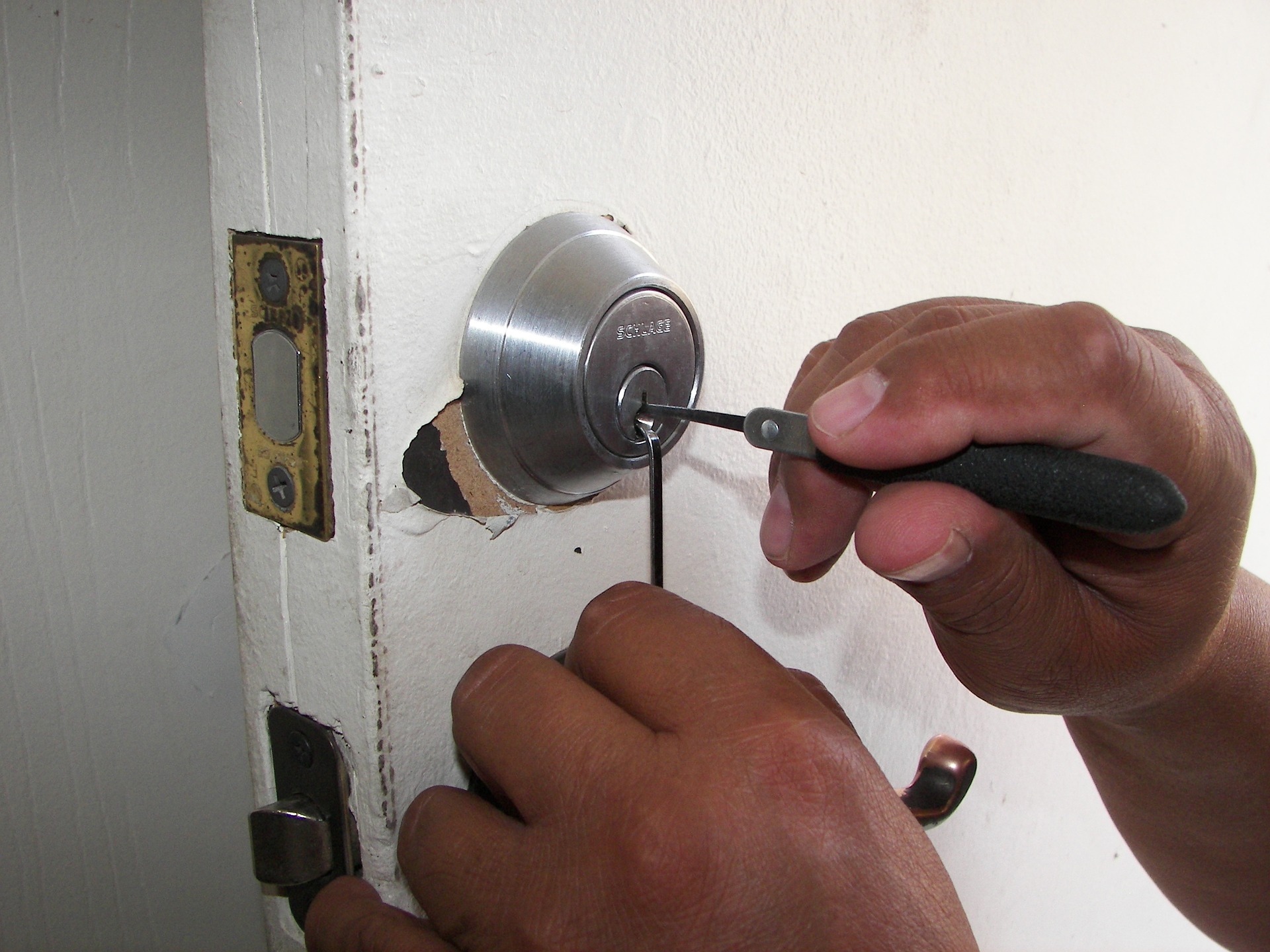
Cruciform tryout keys are not that effective.
We have seen how they work, and we have seen how they fail.
We believe they are unreliable.
They can be easily used as a rake or as a test key.
Key raking acts similarly to lock bumping.
The key moves from the one-click lock and then pushes and turns simultaneously.
We have not yet seen how the test key method works, but you have to turn it as if it were the key.
We recommend you stay away from these unless you know a trusted source.
Similarly, we will update this post to give you a more balanced opinion.
We have seen cruciform rake keys made for specific brands and models, but due to the wide range of keys for this type of lock, we doubt they are universal.
Single Pin Picking

With SPP (Single Pin Picking), it can be challenging to tighten the lock.
Supposing all four sides have active pins, the wrench might block access to one of the sets of pins.
And, even if they do not have four shears, finding a tension wrench with the appropriate size is still difficult.
Your tension wrench will surely fall several times.
Once you tighten the lock, you should select an SPP-like lock as a pipe lock.
Go around on each side and work through all the pins.
During this time, find a binding pin.
When you find a binder, it should give you a little resistance.
This process is what you need for every pin.
Press and continue until all pins are set.
The most significant danger with this method is the excessive placement of pins.
Ensure that you do not have a fake set before removing the tension and resetting the pins.
The Bottom Line
A cross lock or cruciform lock is a mixture of several locks.
It is a branch of the lock evolution between the standard needle gear and the tube lock or the pin lock.
They can offer more protection and provide a false promise of more excellent protection.
It is all a matter of which brand you buy.
Check the key bite, but do not trust it completely.
The bite may not reflect the interior of the lock, but if there is no biting on the side of the lock, then there are no pins on that side.
Be wary of specialized lock choices as most are delicate, and some are ineffective.
When buying tools, pay attention to the key size of your lock.
Most tools will not fit every crossover lock.
You should never pick a lock you do not own.
The only person you need to get permission from is the lock owner.

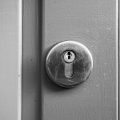

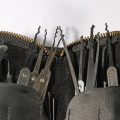
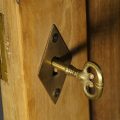

Leave a Reply